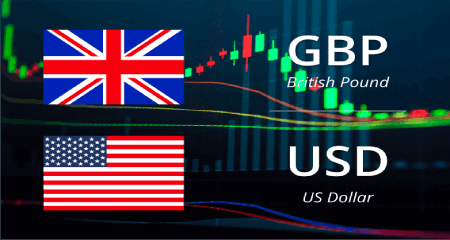
Pound Sterling Holds Steady Amidst BoE Rate Cut Speculation
The US Dollar's recent recovery, fueled by speculation of a Donald Trump victory in the upcoming presidential elections, appears to have paused.
The focus now shifts to a series of significant US economic data releases scheduled for this week, including the preliminary S&P Global Purchasing Managers Index (PMI) for July, Q2 Gross Domestic Product (GDP), June Durable Goods Orders, and the Personal Consumption Expenditures (PCE) Price Index. These economic indicators are expected to provide valuable insights into the potential timing of Federal Reserve interest rate cuts.
Economists anticipate a modest expansion in both the Manufacturing and Services PMIs for July. Meanwhile, the market consensus suggests a slight increase in the Q2 GDP, indicating potential acceleration in the US economy.
While the CME FedWatch tool indicates a high probability of a rate cut in September, with another expected in November or December, the actual outcome will largely depend on the incoming economic data.
The Pound Sterling has shown resilience against its major peers, excluding the Australian Dollar (AUD) and the New Zealand Dollar (NZD). This strength is attributed to the UK's political stability and limited exposure to the Chinese economy, which has faced recent economic headwinds.
Despite a significant contraction in UK retail sales data for June, raising concerns about the Bank of England's (BoE) stance on interest rates, the pound remains firm. However, expectations of potential BoE rate cuts have increased due to higher interest rates impacting consumers and a deceleration in average earnings.
Looking ahead, the upcoming preliminary S&P Global/CIPS PMI data for July will be a crucial catalyst for the Pound Sterling.
From a technical perspective, the GBP/USD pair remains above the 20-day Exponential Moving Average (EMA), indicating an ongoing uptrend. While the 14-day Relative Strength Index (RSI) has eased from overbought territory, it still suggests a bullish bias. Key resistance lies at the two-year high near 1.3140, with support expected at the March 8 high of 1.2900.
